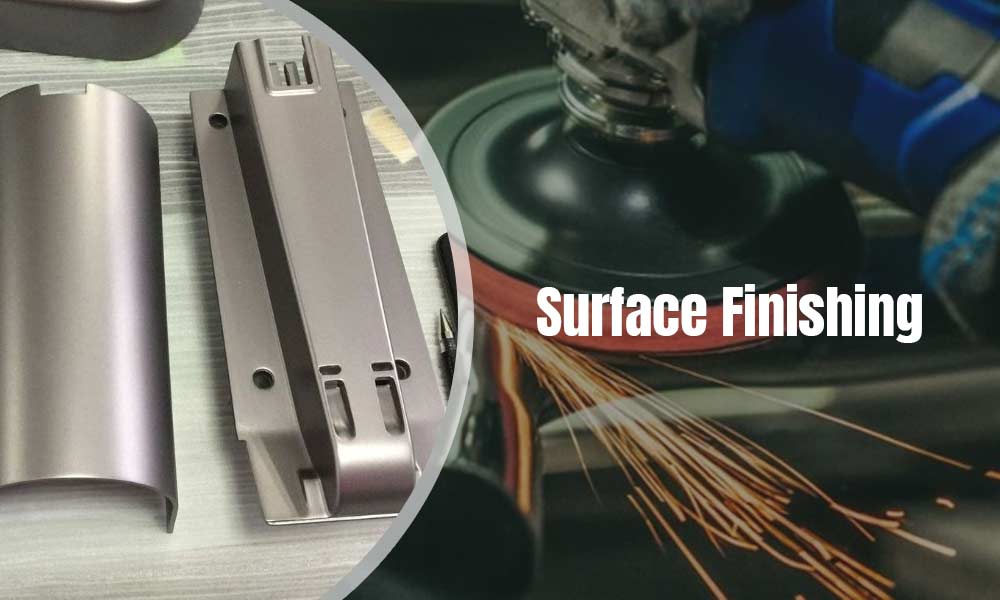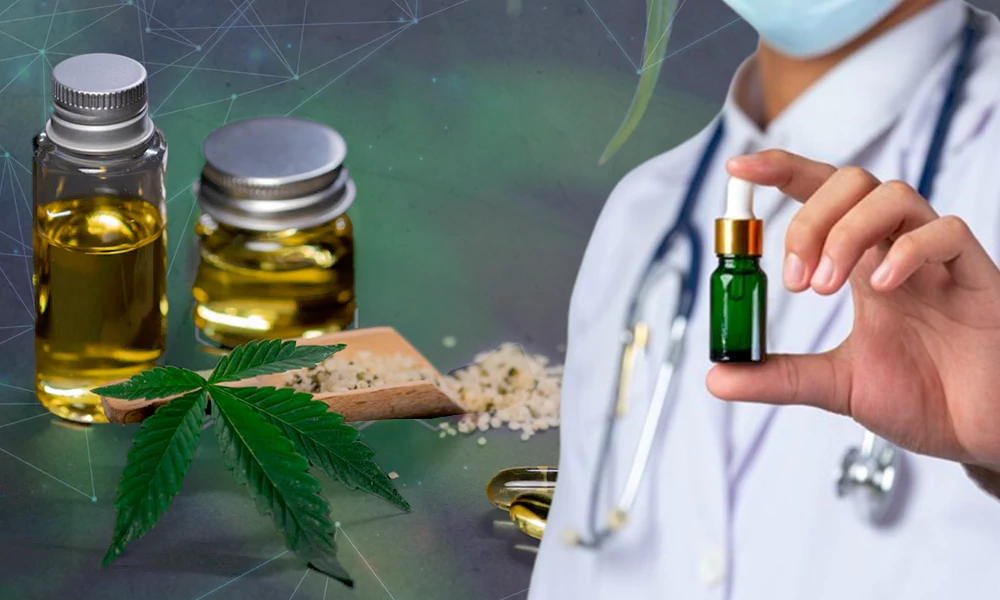A Brief Guide to Surface Finishing

Surface finishing is the finishing of a material to alter its appearance by mechanical, chemical, or physical means. Surface finishing is sometimes confused with surface coating. However, the prime difference between the both is that the former has more applications and is often more complex than surface coating.
A surface finish is the texture or looks of the surface of a material. Several different processes can be used to apply these finishes. The type of finish used depends on the material and the desired look.
The surface finishing process helps create a smooth, attractive finish that keeps the product looking good for longer. It also removes any surface imperfections that are caused during the manufacturing process.
What is Meant by Surface Finishing?x
This process refers to refining a workpiece’s surface to achieve the desired result. It can improve the piece’s look, prepare it for further processing, or protect it from wear and tear.
There are a variety of finishing techniques, each with its advantages and disadvantages. The proper method for a particular application will depend on the material being worked with, the desired finish, and the budget and timeline for the project. Some standard techniques include polishing, grinding, and buffing.
Importance of Surface Finishing Processes
This process is essential in many industries for a variety of reasons. In the automotive industry, for example, exterior finishing processes are used to improve the appearance of vehicle components, protect them from corrosion, and improve their durability.
In the electronics industry, it is used to improve electronic components’ conductivity and protect them from damage. In the food and beverage industry, it enhances food products’ appearance and protects them from contamination.
Types of Surface Finishing Processes
There are a variety of exterior finishing processes that can be used to remove material from a workpiece. The best finishing process for a particular application will depend on several factors, including the desired finish, the material to remove, the budget, and the equipment available. However, some of the types include:
Adding Material
There are a variety of exterior finishing processes, including adding material, such as in the case of coating or plating. Adding material is a way to improve the surface properties of a workpiece, such as by increasing its wear resistance or making it more corrosion-resistant. Adding material can also enhance the aesthetic appearance of a workpiece.
Removing Material
Removing material is a finishing process that helps improve the appearance or functionality of a component. There are various ways to remove material, including machining, grinding, and chemical etching. Each method has pros and cons, and the best method for a particular application depends on the specific requirements.
Altering/Reshaping Material
Reshaping material is a process of finishing a surface by removing excess material and altering the shape of the surface. This can be done through various methods, such as machining, grinding, and polishing. The type of reshaping process will depend on the material being worked with and the desired finish.
Reshaping creates a smoother, more uniform surface. Removing rough edges and irregularities makes a surface more aesthetically pleasing and easier to work with. In some cases, reshaping can also improve the functionality of a surface. For example, machining can create a precise, smooth edge on a piece of metal that will enhance its strength and durability.
Overall, reshaping material is a versatile surface finishing process to achieve different results. Choosing the suitable method and material makes it possible to create a wide range of finishes, from a smooth, polished surface to a more functional, durable one.










